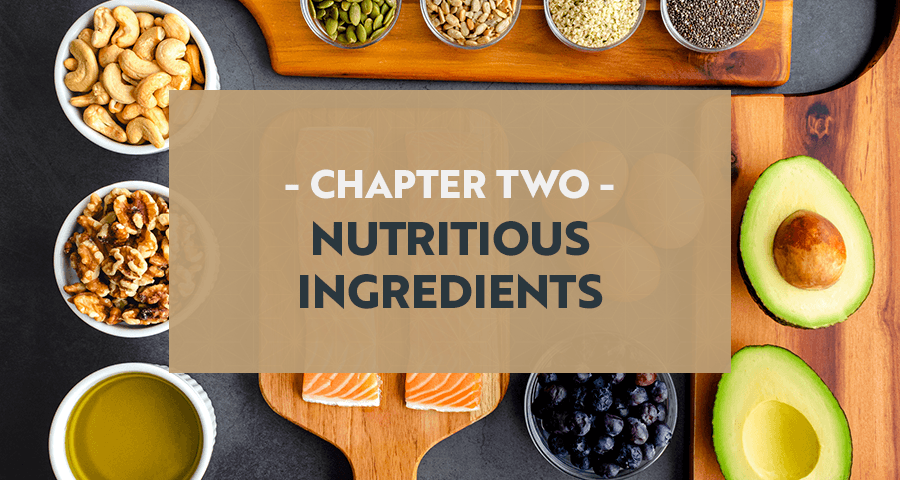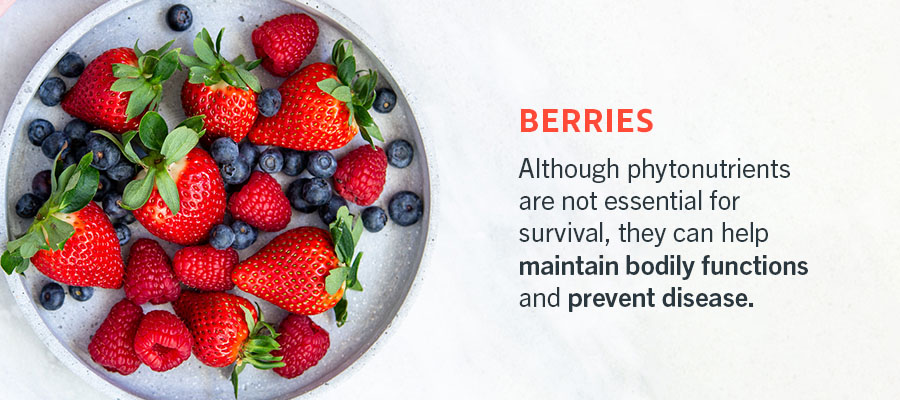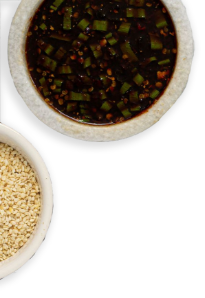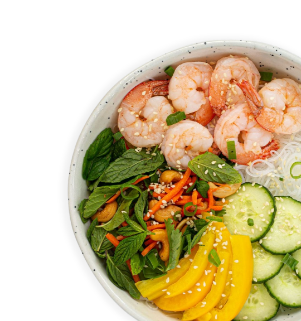
Chapter 2: nutritious ingredients
The healthiest foods will provide your customers with essential vitamins and minerals that make them feel good and give them energy throughout the day. This chapter discusses what food is healthy to eat and what makes them worthwhile ingredients.
Fruits and Vegetables
Most people know that fruits and veggies are healthy but don’t always know why. Additionally, some fresh produce is better for your body than others, which is why some people avoid certain foods and consume more of others. Here are some healthy foods for your menu and why they benefit your customers.
- Broccoli: This veggie is a source of phytonutrients, calcium, fiber, phytonutrients and folate. Broccoli has anti-inflammatory and anti-cancer qualities, making it a nutritious and tasty ingredient.
- Kale: Kale is a leafy green veggie, and you can incorporate it into many dishes, like smoothies, juices and soups. This green provides vitamins K and C and is a weight-friendly ingredient that can satisfy many diets.
- Avocados: These bright green fruits are high in fiber and contain high amounts of healthy fats and lower levels of carbohydrates. They’re rich in vitamins B, K and E. They can increase good cholesterol levels and improve nutrient absorption.
- Leafy vegetables: Eating leafy green vegetables can significantly reduce cardiovascular risk factors. Raw, lightly boiled or steamed leafy greens provide natural antioxidants. These veggies also contain iron, manganese, calcium, potassium, copper, zinc, niacin, selenium, phosphorus and vitamins A, B-6, C, E and K.
- Sweet potatoes: These potatoes are a great source of fiber, potassium and carotenoids. They make excellent main meals or side dishes and bring a natural sweetness to any dish.
- Beans: Pink, pinto, navy, and black beans are excellent fiber boosters full of folate. Beans can reduce your risk for cancer, aid in preventing diabetes and help satiate people after consumption.
- Berries: Many berries offer an abundance of phytonutrients. Although phytonutrients are not essential for survival, they can help maintain bodily functions and prevent disease. For example, blueberries are rich in antioxidants, fiber and phytonutrients.

Protein
Every cell in your body needs protein, which is why we often think of protein as the building blocks of life. Protein aids development and growth and helps maintain good health. You can find protein sources in many foods and ingredients, but some offer additional benefits while others do not.
- Fish: Oily fish contain omega-3 fatty acids, which help your heart and can lower blood pressure. Additionally, oily fish like anchovies, sardines, mackerel, herring, trout and salmon can also aid inflammatory conditions like arthritis.
- Chicken: Chicken is one of the best sources of protein. You can prepare it in various ways, and it contains all nine essential amino acids. This nutrient-dense protein source can strengthen bones, promote heart health, build muscle and aid in weight loss.
- Eggs: These highly-versatile protein sources offer vitamins B-12 and B-2, which can preserve energy and generate red blood cells. Additionally, eggs provide choline, which is important for cell membranes.
- Nuts: Nuts offer many nutritious benefits. Each kind provides a different combination of vitamins and minerals that aid the body. Almonds provide fiber, iron, vitamin E, magnesium and calcium, while Brazil nuts contain zinc, magnesium, vitamin E and vitamin B-1.
Use Nutritious and Healthy Ingredients in Your Diet-Conscious Menu
You can incorporate nutritious and delicious ingredients into your menu in several different ways. The ingredients in this chapter have multiple health benefits and can satisfy many diets your customers may follow. For more menu inspiration, browse our recipes for tasty ideas your customers will love, and keep reading to discover which ingredients you should avoid.



